What is the Pre Trip Inspection Checklist form?
The Pre Trip Inspection Checklist form is a document used by drivers, particularly those operating commercial vehicles, to conduct a comprehensive check of their vehicle before embarking on a trip. This checklist is designed to ensure the vehicle is safe to operate, meets legal and regulatory standards, and helps in identifying any mechanical issues or defects that could pose a risk during the journey.
Why is this checklist important?
This checklist plays a critical role in promoting road safety by preventing accidents that could arise from vehicle malfunctions. Moreover, it ensures compliance with transportation laws and regulations, helping drivers avoid penalties. By identifying and addressing any issues before starting a trip, drivers can also minimize the risk of roadside breakdowns, thereby saving time and reducing costs associated with vehicle repairs.
Who needs to fill out the Pre Trip Inspection Checklist form?
Generally, any individual operating a commercial vehicle is required to complete the Pre Trip Inspection Checklist. This requirement typically applies to truck drivers, bus drivers, and operators of other large or specialized vehicles. Employers in the transportation sector must ensure their drivers are diligently completing these checks as part of their operational protocols.
What are the key components of the checklist?
While the specifics can vary depending on the vehicle type and regulatory jurisdiction, key components often include checks for:
- Tires: condition, pressure, and tread depth.
- Lights: functionality of headlights, indicators, and brake lights.
- Brakes: condition and operation, including the parking brake.
- Steering mechanism: functionality and ease of steering.
- Windshield and mirrors: visibility and absence of cracks or damage.
- Fluid levels: engine oil, coolant, brake, and windshield washer fluids.
- Emergency equipment: availability and accessibility of safety gear, such as fire extinguishers and warning triangles.
How often should the Pre Trip Inspection be conducted?
Inspections should be completed before the start of each trip. For drivers covering long distances that span several days, it is advisable to perform the inspection daily. This ensures that any issues arising during the journey can be promptly identified and addressed.
What should be done if issues are found during the inspection?
Any issues or defects discovered during the Pre Trip Inspection should be immediately reported to a supervisor or a maintenance team for evaluation. Necessary repairs or maintenance should be carried out before the vehicle is used for the trip. Completing these steps is essential for ensuring the safety of the vehicle, driver, and other road users.
Is there a standard format for the Pre Trip Inspection Checklist form?
While there's no universal standard format, many regulatory bodies and transportation companies provide templates that meet their specific requirements. These forms typically include a list of items to be checked, space for indicating the condition of each item, and an area for additional comments. It’s vital to use a form that complies with local regulations and adequately covers all necessary aspects of the vehicle's condition.
Can digital tools be used for completing the Pre Trip Inspection?
Yes, with advancements in technology, many organizations have adopted digital tools and mobile apps for conducting Pre Trip Inspections. These digital forms can streamline the process, making it easier for drivers to complete their checks and for companies to monitor compliance and store inspection records. They also offer benefits such as immediate reporting of issues, automatic updates, and analytical insights into vehicle maintenance needs.
How are Pre Trip Inspection Checklists regulated?
Regulation of these checklists falls under transportation and vehicle safety laws enforced by government agencies. In the United States, for example, the Federal Motor Carrier Safety Administration (FMCSA) outlines specific requirements for commercial vehicle inspections, maintenance, and repairs. Compliance with these regulations is mandatory, and failure to adhere can result in fines and other penalties.
What are the consequences of not completing a Pre Trip Inspection?
Skipping a Pre Trip Inspection can have serious implications. It can lead to vehicle breakdowns, increase the risk of accidents due to mechanical failures, and result in significant financial costs for repairs and fines. Additionally, non-compliance with inspection protocols can lead to legal repercussions, including license suspensions for drivers and operational shutdowns for companies.
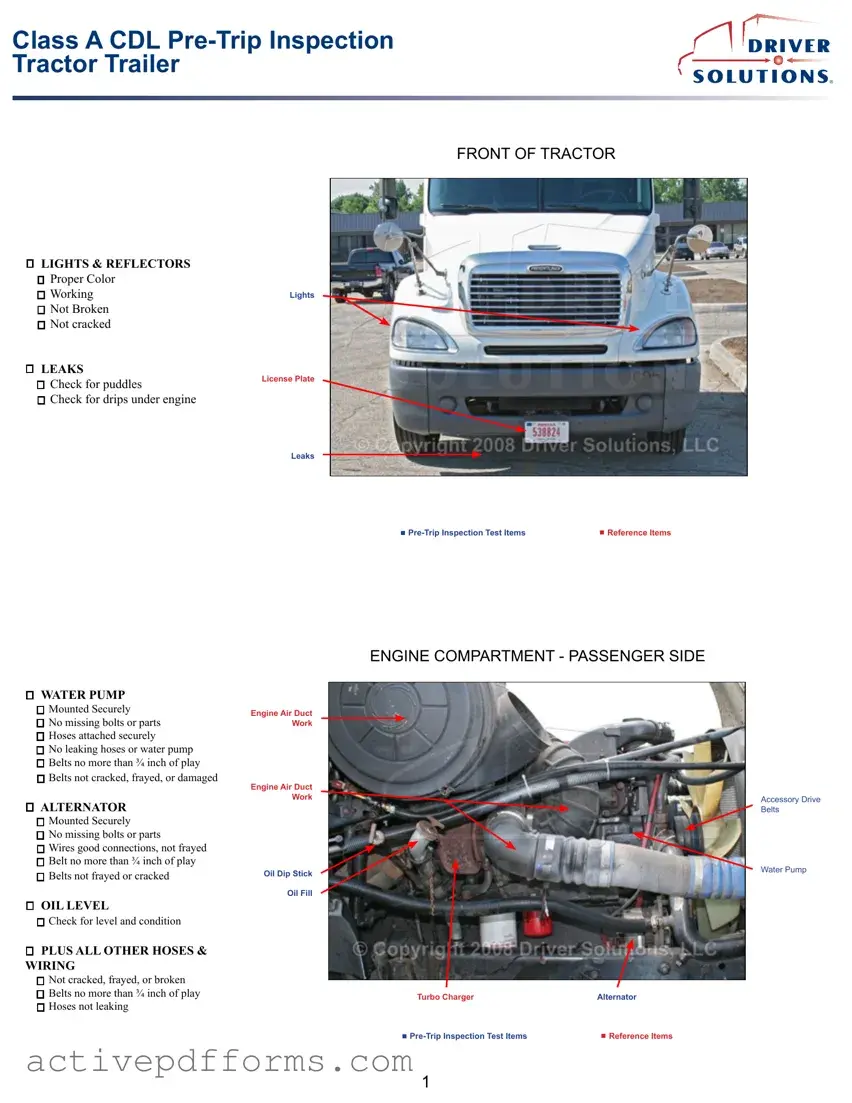
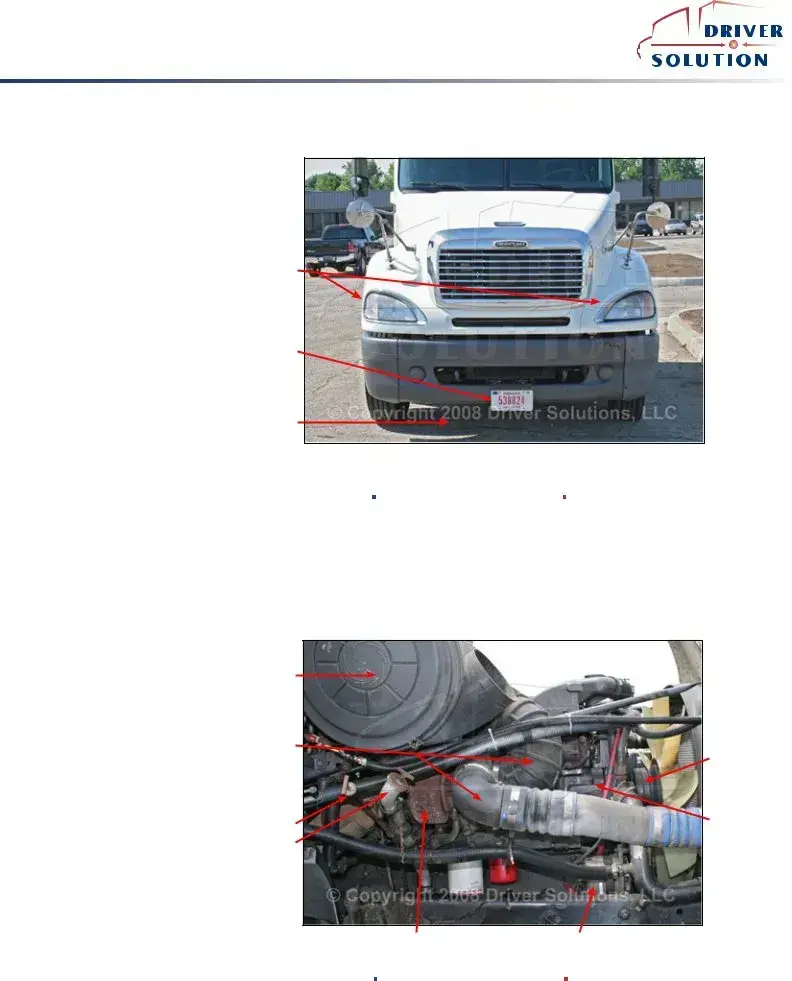
 ®
®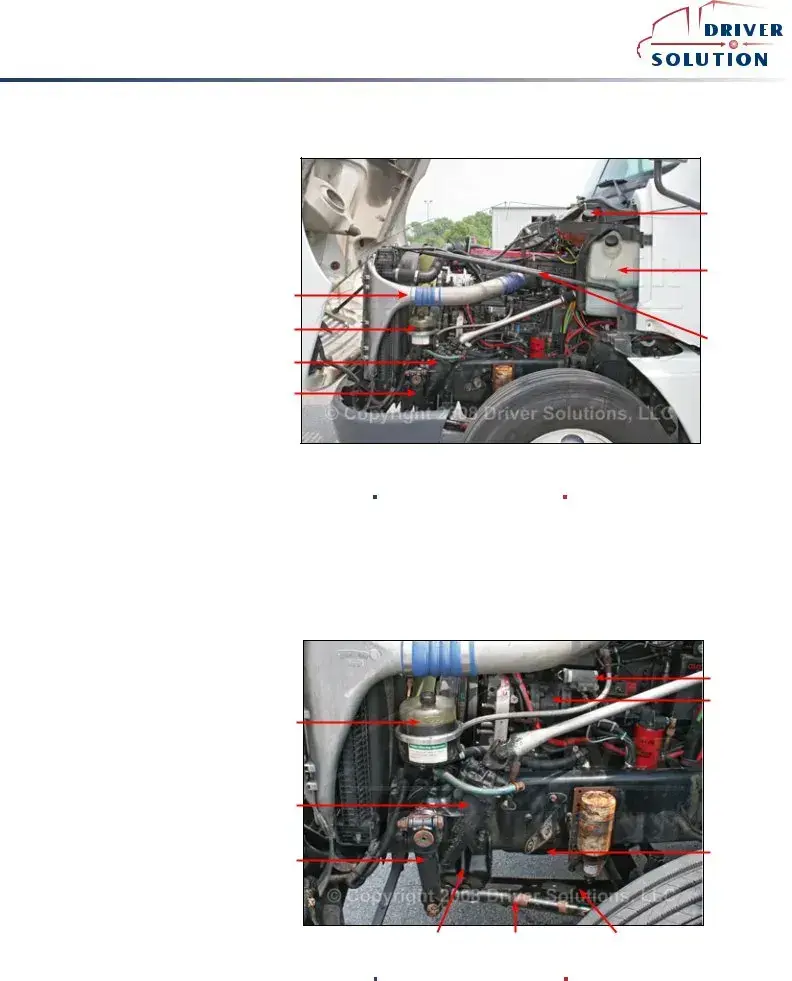
 ®
®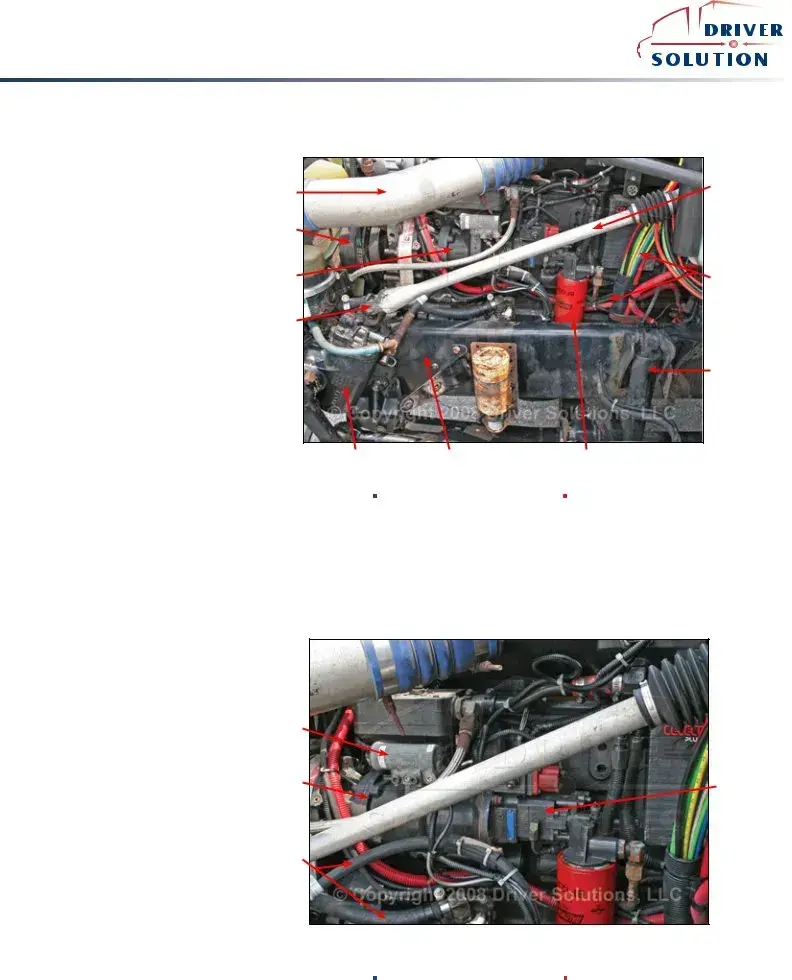
 ®
®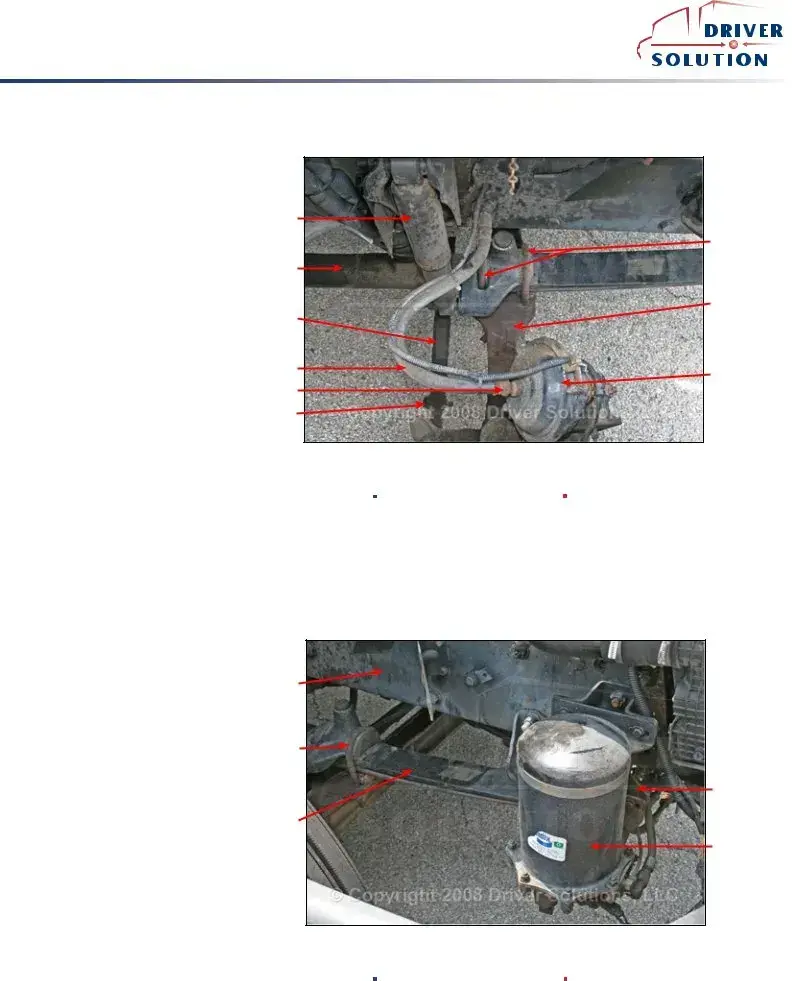
 ®
®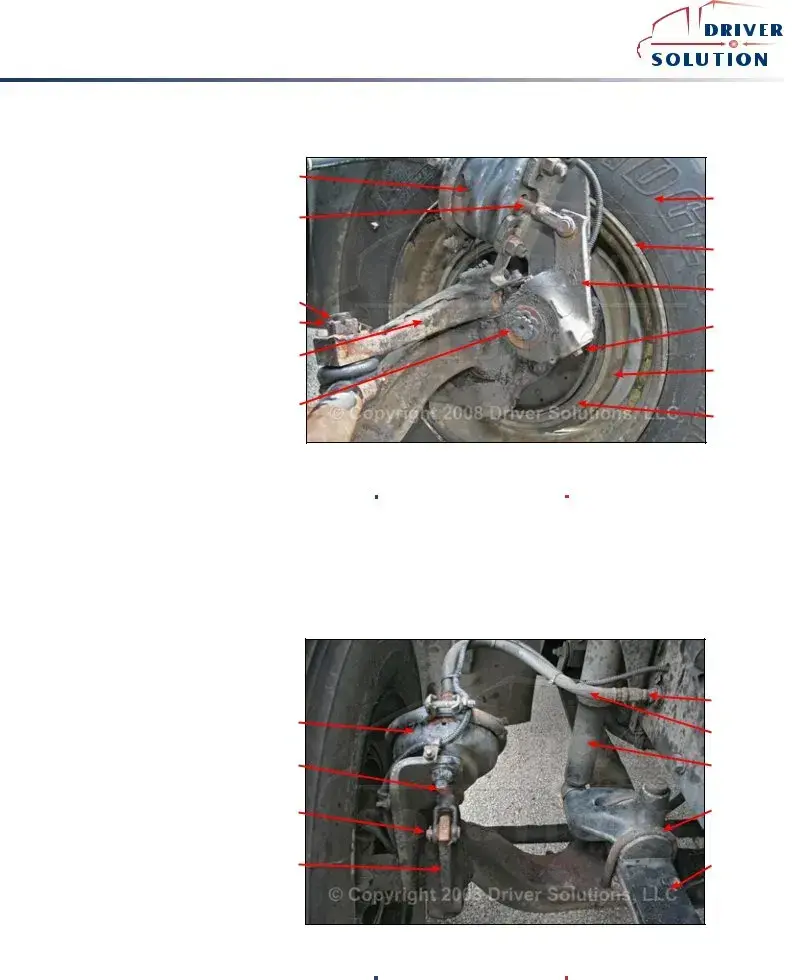
 ®
®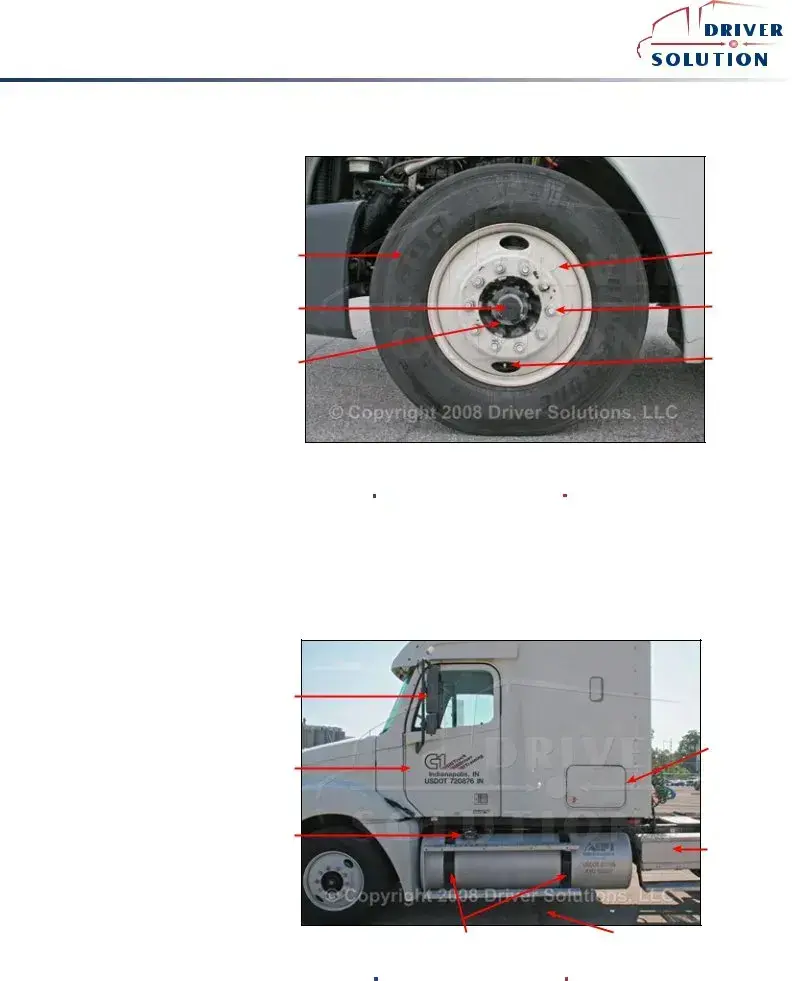
 ®
®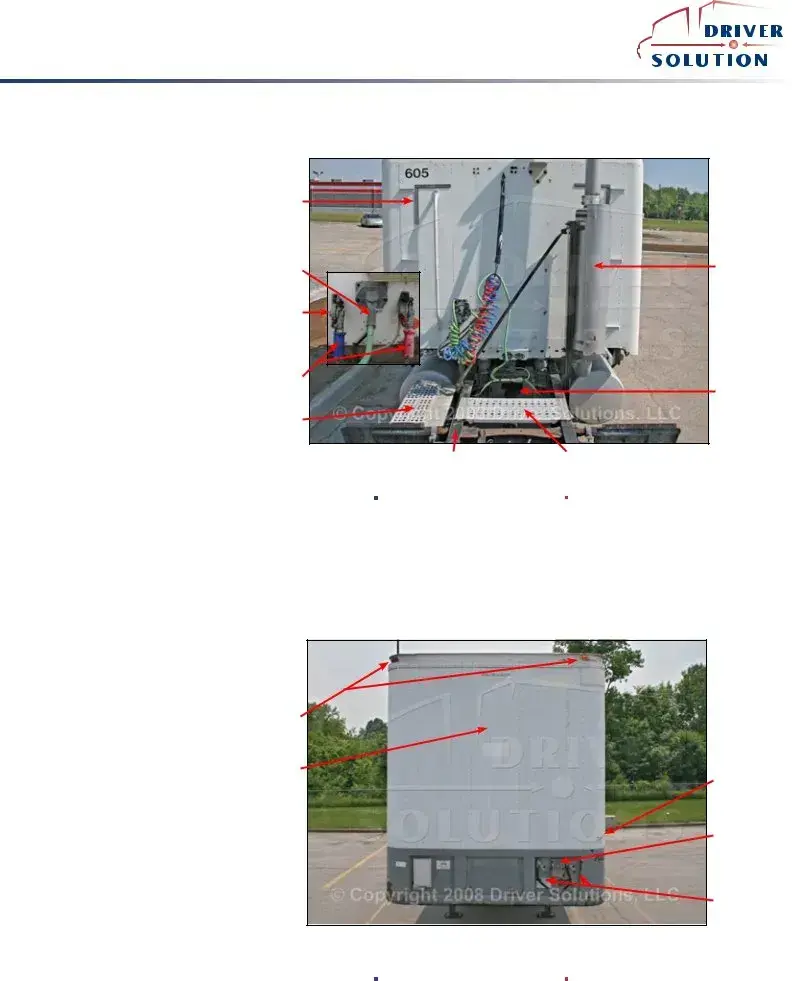
 ®
®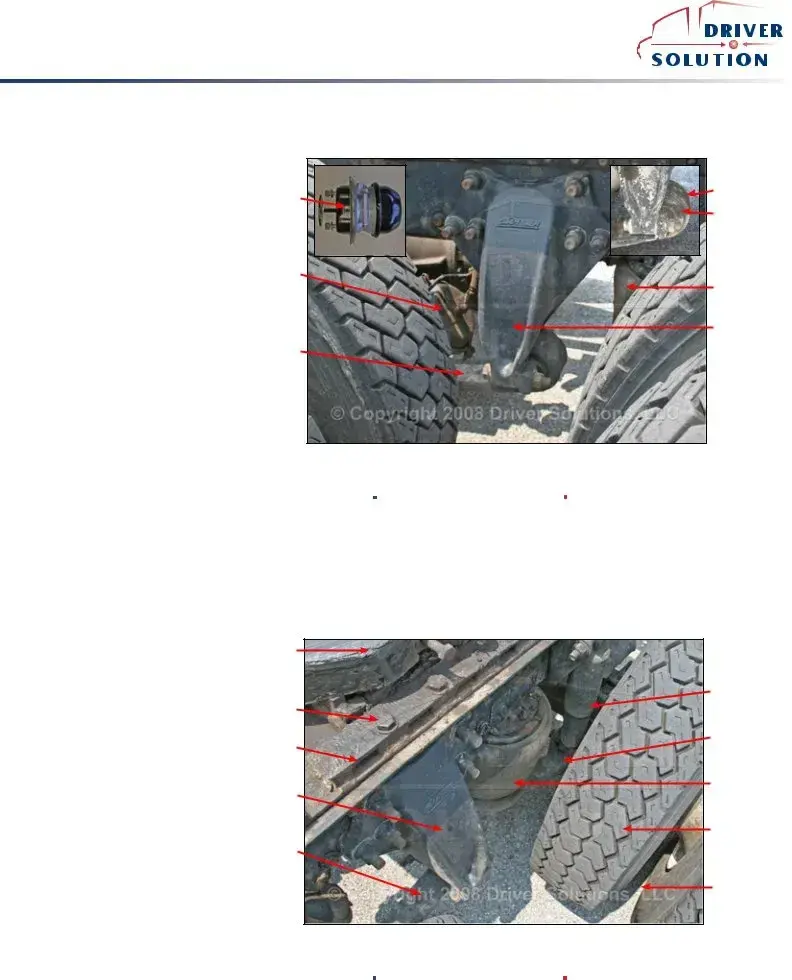
 ®
®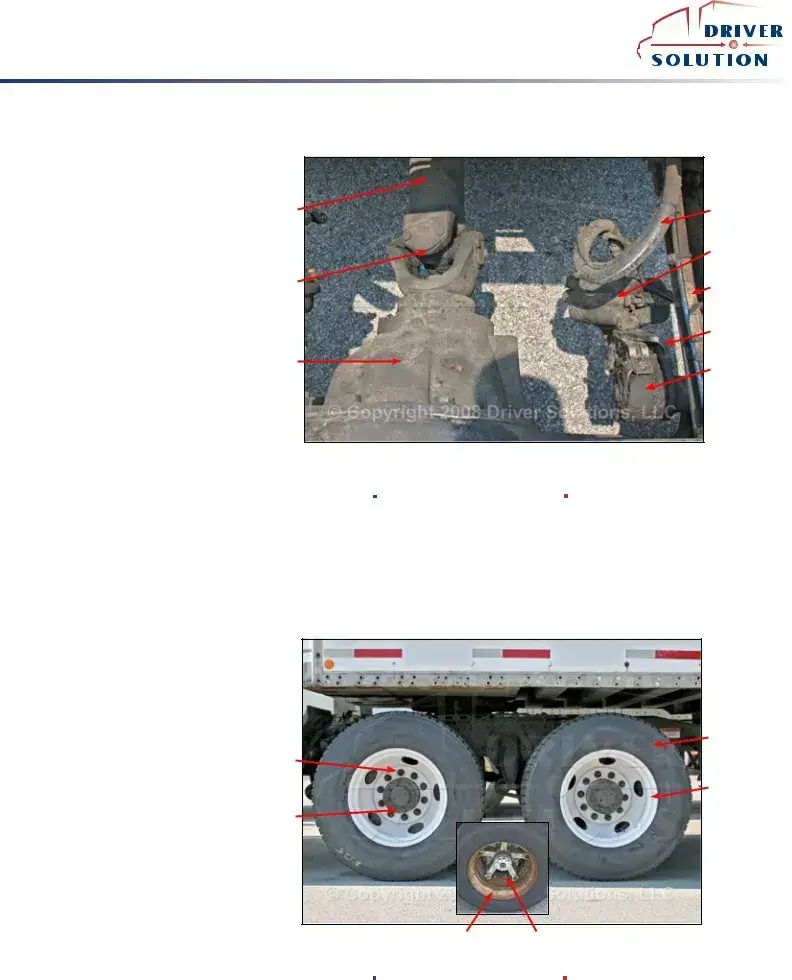
 ®
®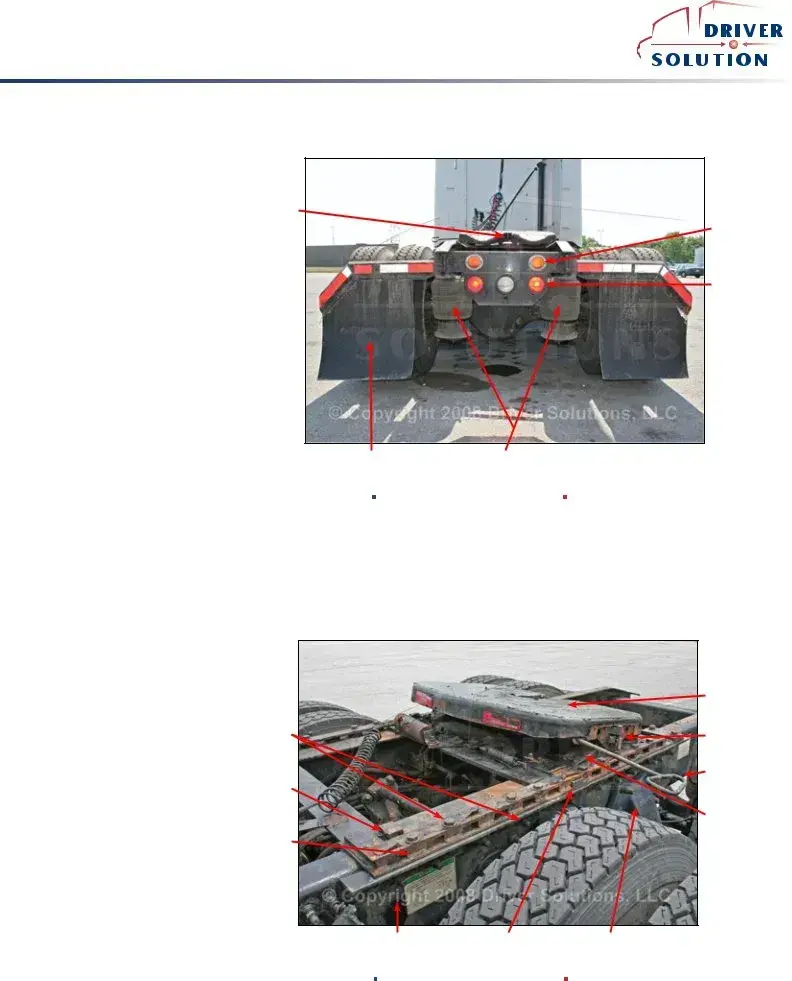
 ®
®